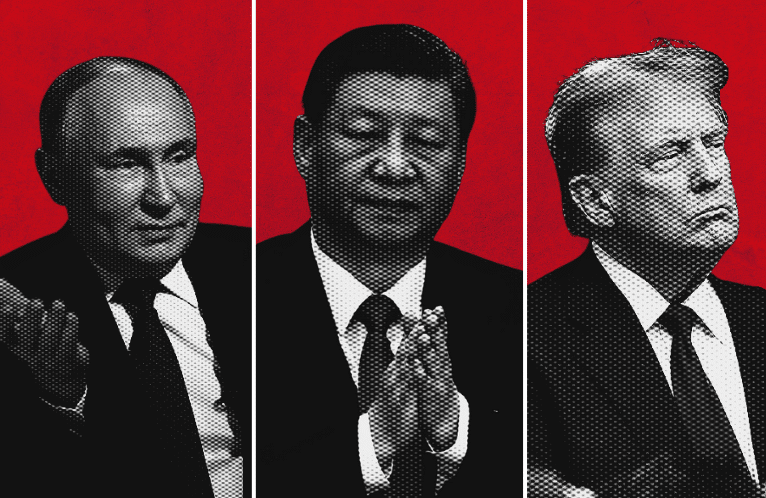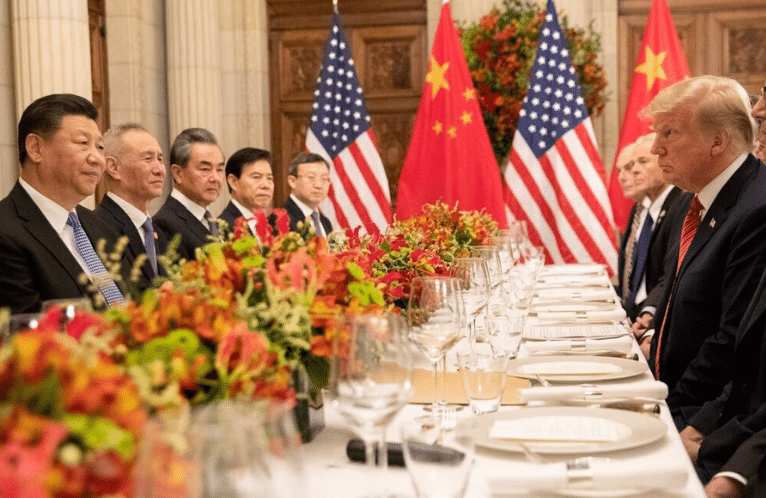With Poor Job Prospects For Chinese Students, Is It Still Worth Investing In A US Education?
The number of Chinese students in the US rose from 81,127 in 2007/08 to 304,040 in 2014/15, an increase of 275 per cent in seven years, according to the Institute of International Education.
This skyrocketing growth resulted in a corresponding increase in their estimated financial contributions to the US economy, from US$2 billion in 2007/08 to US$9.5 billion in 2014/15, according to Nafsa: Association of International Educators.
This rapid growth was a boon to US higher education as many institutions were feeling the pressure of budget cuts after the 2008 global financial crisis. It was also a time when competing nations like Australia and the UK were hit harder and Chinese students shifted their focus towards the US.
With this unprecedented rise of international students came the challenges of integrating them and satisfying academic, social and career expectations. Many institutions have struggled to adapt.

- Minao Wang (left) and Kang Ming Si attend a business ethics class at Santa Clara University in California. Photo: MCT
Most of the top US universities with the largest number of Chinese students are large public institutions, according to a list recently published by Foreign Policy. This is not a surprise as they are more affordable for four-year undergraduate programmes.
University of Illinois Urbana-Champaign tops the list. An article from Inside Higher Ed traces the dramatic growth of Chinese undergraduates at the university from just 37 in 2000 to 2,898 in 2014.
In public institutions, international students pay two to three times the tuition fees of their American counterparts. Chinese students are the most attractive segment for US colleges and universities as they are more likely to enrol at undergraduate level than the next biggest source country – India – whose students tend to take shorter master’s programmes.
Both the lure and pressure of the additional revenue from international students in general, and Chinese undergraduate students in particular, is very strong. While many continue to increase recruitment of Chinese students, the stagnant work visa availability and immigration constraints make it difficult for them to find internship and job opportunities in the US.
For many international students, getting work experience through the 12-month Optional Practical Training scheme is an important milestone. In 2014, 43,114 Chinese students were on the scheme. Students of “STEM” subjects – science, technology, engineering and maths-related fields – get an additional 17 months. However, the validity of the STEM extension programme is now facing legal and political uncertainty, potentially affecting the nearly 40 per cent of Chinese students in STEM programmes.

- People seeking jobs at an employment fair in New York wait in a line that stretches down the block. Photo: AFP
In addition to visa constraints, Chinese students often find themselves underprepared for the fierce competition in the US job market. The barriers to cross-cultural communication and confidence which existed at the college admission stage linger. But the stakes are even higher.
We estimate that, this year, nearly 100,000 Chinese will graduate from US universities. Most want to work in the US at least for a few years before returning home. However, given the job search challenges, many are forced to return before they can gain any work experience. On return, many “sea turtles” question the value of the investment in studying abroad.
Many Chinese families nurture their version of the American dream by supporting their child for a long time. And studying abroad is a huge commitment and investment. The big question for many is: Is it worth investing in an American education?
Many US institutions are now worried about the effect of China’s economic turbulence on Chinese going to study in America. However, their bigger concern should be the doubts among Chinese families and students about the return on their investment.
US institutions cannot control the economic turbulence but they can and should improve campus experiences and invest in academic, social and career support services. They must go beyond recruiting Chinese students to investing in their success.
Rahul Choudaha, PhD, is CEO at DrEducation, a research and consulting firm specialising in global higher education. Di Hu is principal coach at interEDGE.org, a career success training and coaching service for international students
By RAHUL CHOUDAHA and DI HU Feb. 5, 2016 on South China Morning Post
Read more here








